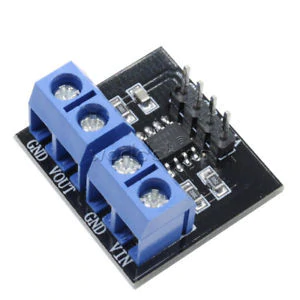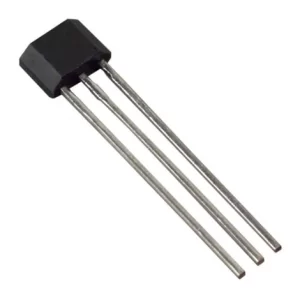Force Sensitive Resistor
Force Sensitive Resistor
Introduction:
FSRs are sensors that allow you to detect physical pressure, squeezing and weight.
The resistance value of Force Sensitive Resistor decreases with the increase of the pressure acting on the induction area . Whether for integrating into a device design, or for your test & measurement project, our sensors can measure everything from the touch of a light finger to the weight of your body.
How FSRs are made?
Force sensing resistors consist of a semi-conductive material ? or, semi-conductive ink ? contained between two thin substrates. As shown in Figure , there are two different types of force sensing resistor technologies ? Shunt Mode, and Thru Mode.
Figure 2: This graphic illustrates the differences between shunt and thru mode force sensing resistor technologies.Figure : This graphic illustrates the differences between shunt and thru mode force sensing resistor technologies.
Shunt mode force sensing resistors are polymer thick-film devices consisting of two membranes separated by a thin air gap. One membrane has two sets of interdigitated traces that are electronically isolated from one another, while the other membrane is coated with a special textured, resistive ink.
Thru mode force sensing resistors are flexible printed circuits that utilize a polyester film as its two outer substrates. Silver circles with traces are positioned above and below a pressure-sensitive layer, followed by a conductive polymer. An adhesive layer is used to laminate the two layers of the substrate together.
Connections:

Features:
- Measuring Range: 0-5000g
- Thickness: <0.25mm
- Precision: ?2.5%(85% measuring range) Repeatability: <?5.8(50% load) Lifespan: >1million times
- Initial Resistance: >10M?(no load)
- Response Time: <1ms Restore Time: <15ms
- Test Voltage: DC 3.3V (typical)
Applications:
- Measuring Range: 0-5000g
- Thickness: <0.25mm
- Precision: ?2.5%(85% measuring range) Repeatability: <?5.8(50% load) Lifespan: >1million times
- Initial Resistance: >10M?(no load)
- Response Time: <1ms Restore Time: <15ms
- Test Voltage: DC 3.3V (typical)
- Robots sensing and robot skin
- Gripper arm force sensing
- Touch Pads .
- Position feedback.
- Aerospace applications (pressure force distribution measurements).
- Airbag Force.






Reviews
There are no reviews yet.